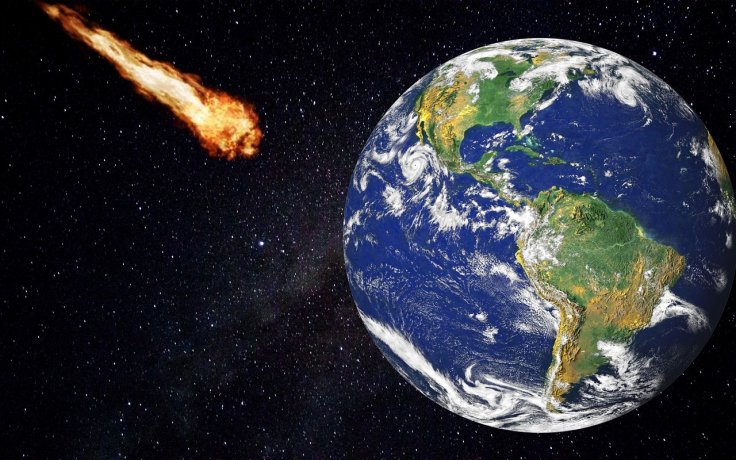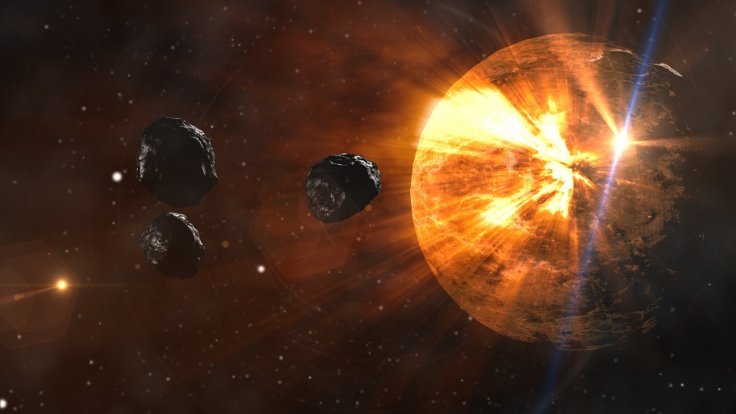
NASA's asteroid tracker has detected a massive space rock that's set to approach Earth today. According to the space agency, the asteroid follows an orbit that occasionally intersects with Earth's as it travels around the Sun.
The incoming asteroid has been identified by NASA's Center for Near-Earth Object Studies (CNEOS) as 2019 UR2. According to the information collected by CNEOS on the asteroid, the space rock is currently flying towards Earth with an average speed of over 48,000 kilometers per hour.CNEOS estimated that the asteroid is about 220 meters wide, which means it's significantly taller than the Singapore Flyer.
As indicated in CNEOS' database, 2019 UR2 is officially labeled as an Apollo asteroid. Similar to other asteroids that belong to this category, 2019 UR2 has a very wide orbit that goes around both the Earth and the Sun. Occasionally, the asteroid's orbit intersects with the path of Earth as the planet completes its cycle around the giant star.

Since the asteroid follows an Earth-crossing orbit, 2019 UR2 has been categorized by NASA as a near-Earth object. This means that the asteroid is capable of approaching Earth at close distances. Because of this, it has been added to CNEOS' watch list, which monitors thousands of near-Earth asteroids that pose a threat to the planet.
Due to the asteroid's massive size and current velocity, it can certainly cause high levels of destruction if it directly collides with Earth. If 2019 UR2 collides with the planet, the resulting impact would create a crater with a diameter of at least three kilometers.
The amount of energy that would be released from the impact would be powerful enough to incinerate and wipe out an entire city. If the asteroid hits the ocean instead of land, the impact would generate massive tsunamis that are capable of leveling nearby coastal regions.
Fortunately, CNEOS noted that Earth is currently safe from an impact event caused by 2019 UR2. According to the agency's data, the asteroid will fly past Earth today from a distance of about 0.04609 astronomical units from the planet's center, which is equivalent to about 6.9 million kilometers.









